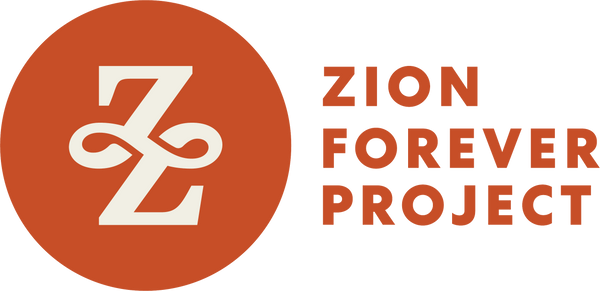When people think of museum collections, they might imagine the Smithsonian or the American Museum of Natural History. While Zion National Park’s museum may not rival those giants in size, its expansive collection holds a unique power: the ability to tell the layered story of one of America’s most iconic landscapes. Yet, less than 1% of Zion’s collection is on public display due to space constraints.
The Digital Museum Exhibit Project aims to change that. By photographing 800 significant items and launching them online, the park is expanding access and laying the foundation for a long-term effort to share its vast collection with the world.
“Most museum collections are generally not seen by the public due to the challenge of the space needed for a physical exhibit,” explained Paige Hoskins, Project Lead. “This project will allow us to share more of the collection in a more accessible way.”
The 800 objects selected represent the diversity of Zion’s collection, from archaeological artifacts and fossils to historic documents and photographs. These pieces span thousands of years, telling stories of Zion’s natural and human history. The project also ensures accessibility, meeting Section 508 standards with features like audio descriptions and keyboard navigation to accommodate all users.
“This isn’t just about digitization,” Hoskins emphasized. “It’s about creating connections and ensuring that everyone has access to Zion’s stories, whether they can visit in person or not.”
Zion’s efforts reflect broader trends in museums worldwide. Institutions like the British Museum began their digital journeys with focused projects that paved the way for larger initiatives. Similarly, Zion is preserving its heritage while making it accessible on a global scale.
In addition to access, the project ensures preservation. Fragile artifacts, like pottery and fossils, are too delicate for regular display. High-resolution photography provides a way to share these items without risking damage. The digitized items will also join NPGallery, the National Park Service’s archive, allowing educators, researchers, and enthusiasts to explore Zion’s treasures.
“Every artifact tells a story,” Hoskins noted. “From the prehistoric inhabitants of this land to the early conservationists, these objects connect us to Zion’s past and its enduring significance.”







